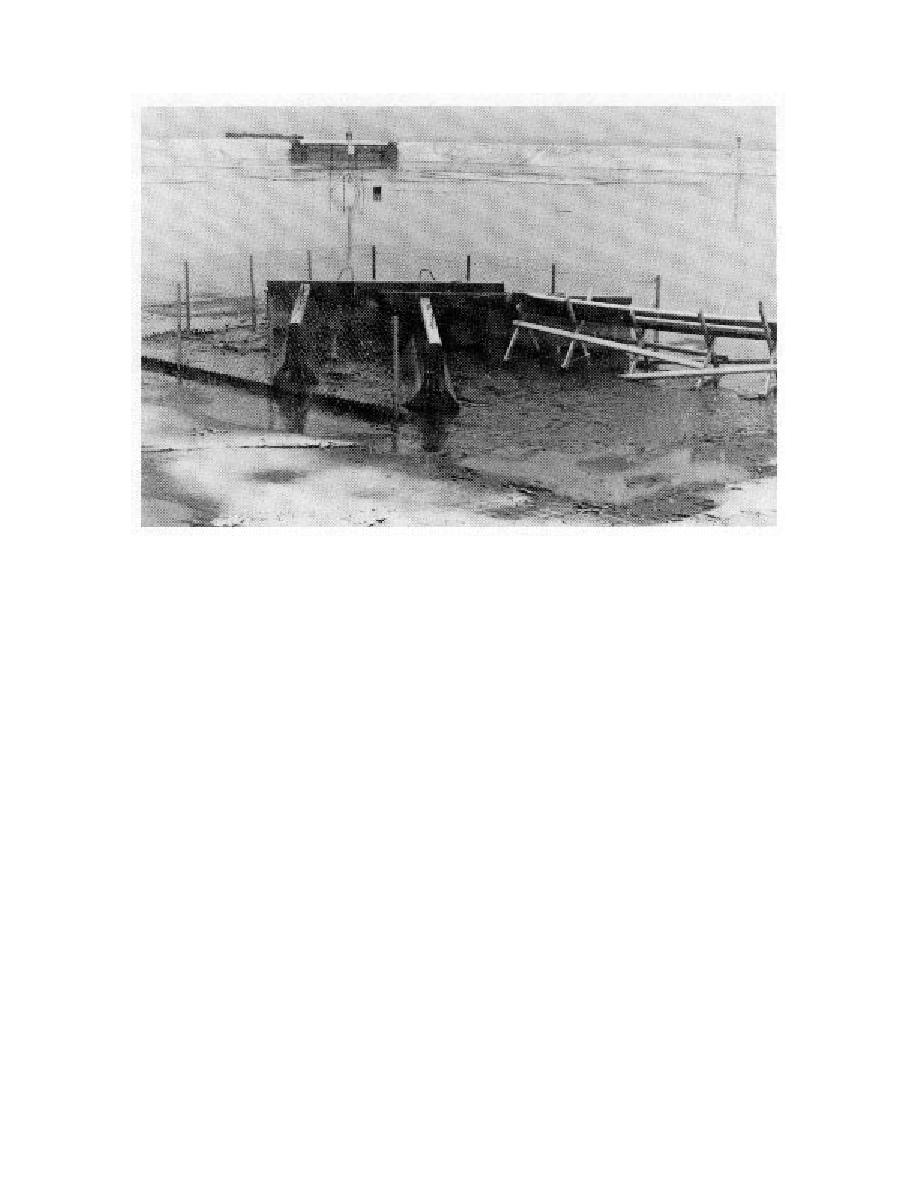
Figure 30. Pumping contaminated spoils from the Flats.
indication of costs involved. We were also not able
in a deliberate, cautious manner. Experience
to conduct any of the post-dredging treatment
gained over the course of time will result in in-
studies that are important in proving the feasibil-
creased efficiencies and a loosening of restrictions
ity of using the retention basin as a basis for large-
of personnel activities. Some problems still remain,
scale natural attenuation of contaminated sedi-
including developing a Safety Plan acceptable to
ments through land farming. These shortcomings
all parties. The "boom box" between the
can be addressed with resumption of dredging
dredgehead and pump is a major design problem
activities next field season. Attenuation studies
that needs to be addressed before dredging can
will be conducted with Marianne Walsh as an
resume next season. Other problems may arise
extension of her previous natural attenuation
with further experience with the system.
work.
At this juncture, it is not possible to determine
One issue not addressed in the 1994 field scope
if dredging is a cost-effective method of
of work is the eventual disposition of the treated
remediation. It has been shown that dredging will
sediments. To make the dredging option more eco-
remove WP from the Flats, but no data are avail-
nomical, the retention basin will need to be reused.
able for attenuation in the basin or contamination
That will require the excavation of the dried and
of the supernatant or the area adjacent to the
consolidated sediments. Placing these treated sedi-
dredged area. Effects of contaminated supernatant
ments back in the Flats has been determined to be
on invertebrate fauna in the undredged areas ad-
impractical from a regulatory point of view, al-
jacent to the dredge and downstream of the basin
though technologically it is feasible. The option
outflow pipe have yet to be conclusively deter-
currently being considered is spreading the treated
mined. Further work will be necessary to get a
spoils on the EOD pad adjacent to the basin, us-
more definitive picture.
Due to the late start of the active dredging op-
ing them as a capping or sub-capping material.
Characteristics of the pad and the pad capped by
erations, most of the actual dredging goals were
a thin layer of spoils have been determined from
not fully met. Primarily, we were not able to dredge
1994 field work and can be used by the RPMs in
a sufficient amount of material to conclusively
determining the acceptability of this option.
determine the feasibility of dredging or obtain an
33



 Previous Page
Previous Page
